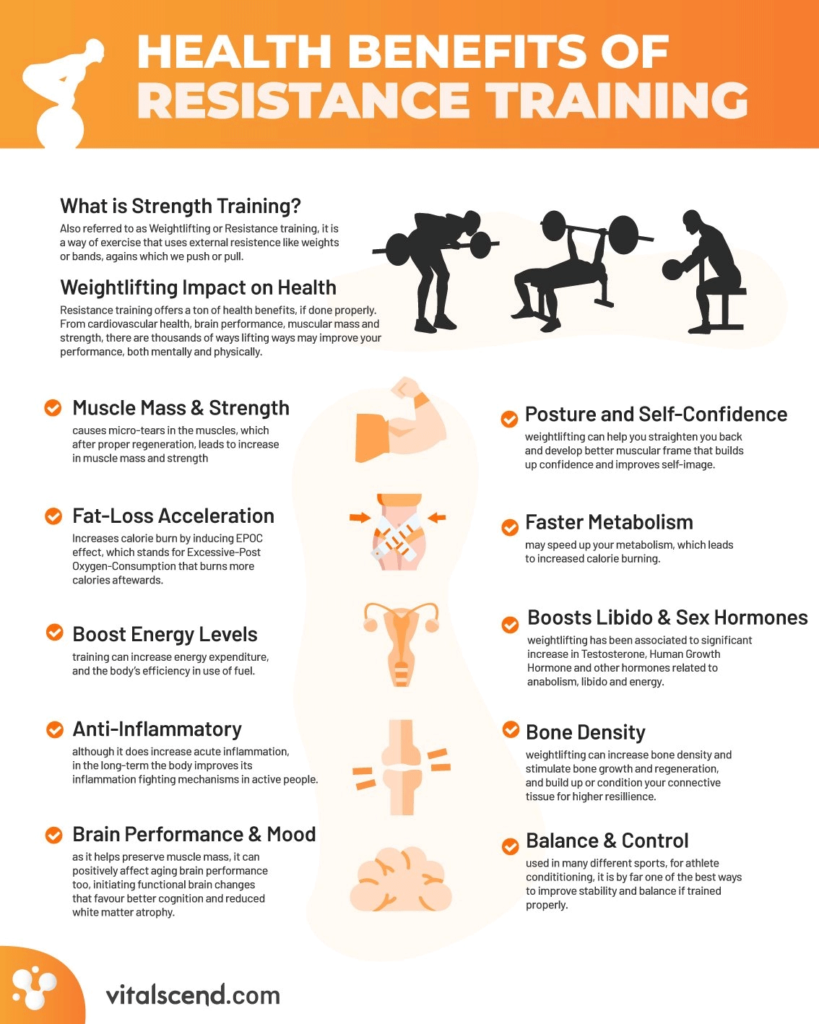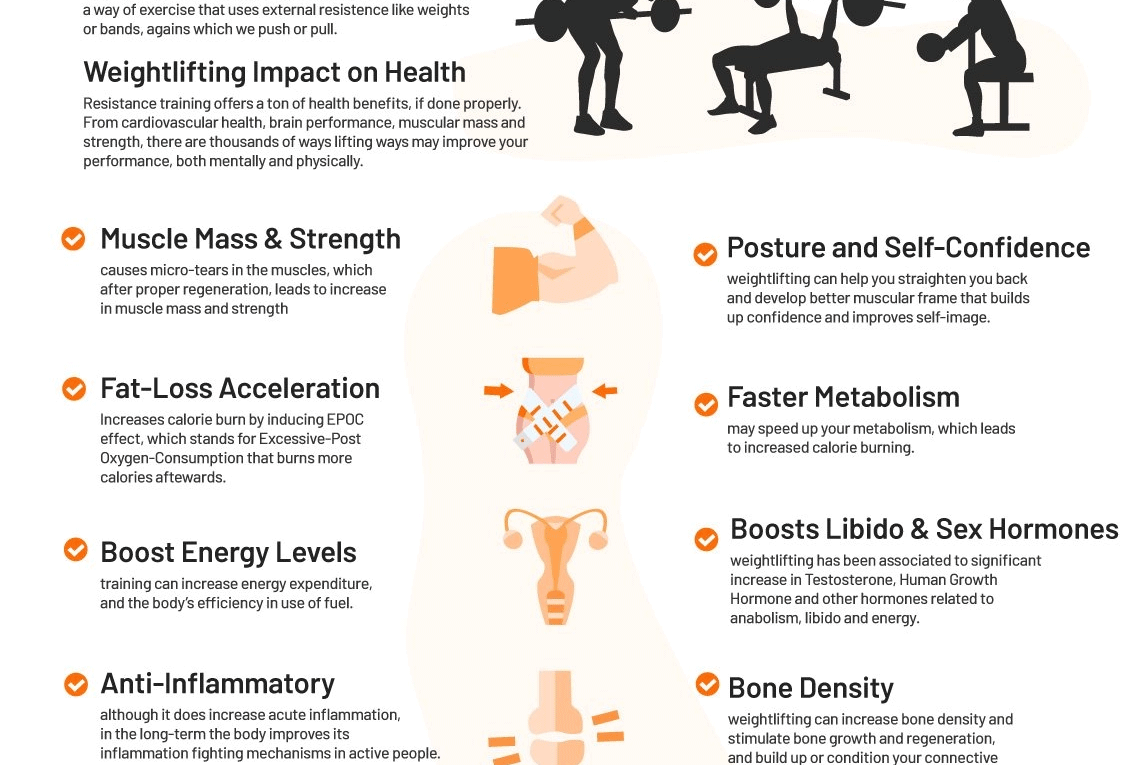The Science Behind Fat Burning: Why Resistance Exercise Works
Studies show the many advantages resistance exercise can bring for fat loss.
Researchers discovered that metabolic regulation of fat cells at a molecular level can be achieved using resistance-type exercise programs.
Aerobic exercise has been found to stimulate fat-burning in some ways, while resistance training seems particularly effective at creating cell-level adaptations that amplify this process.
Studies show that in response to mechanical loading, muscle cells release extracellular vesicles which instruct fat cells to switch on fat burning mode.
Prior research on resistance training tended to emphasize muscle function improvements while studies of exercise’s wider benefits focused on endurance options like cycling and running. This study provides insight into how strength training provides benefits even to non-muscle tissue.
At first, researchers believed extracellular vesicles to be solely used by cells for secreting away unwanted RNA, lipids and proteins; however, subsequent research has demonstrated they also play a vital role in intercellular communication.
This research adds a unique aspect to our understanding of skeletal muscle’s interaction with other tissues by employing extracellular vesicles. Furthermore, resistance training causes metabolic adaptations within fat tissue.

